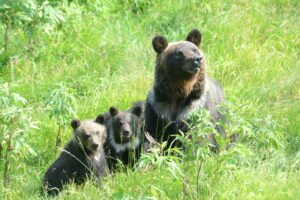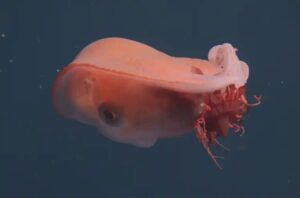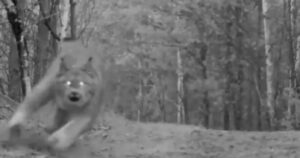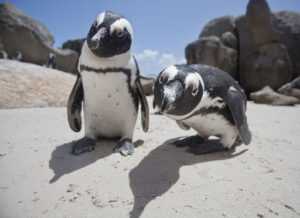A passion for the natural world drives many of our explorations and adventures. And when we’re not actually outside, we love delving into the discoveries being made about the places where we live and travel. Here are some of the best natural history links we’ve found this week.
Wildfires launch microbes into the air: In recent years, the number of wildfires in the U.S. has increased, and the prevalence of a once-rare fungal infection is associated with these fires. “Valley fever” has increased sixfold in Arizona and California since 1998. Fire ecologist Leda Kobziar has studied whether microorganisms such as fungi and bacteria are transported by wildfire smoke, and if so, what the repercussions are for human health.
Did military funding shape the science of oceanography? : Science historian Naomi Orekes has released a new book exploring how naval funding revolutionized our understanding of earth and ocean science. Her work reveals how since the end of World War II, scientists have made groundbreaking discoveries through the Navy’s need for information about the world’s oceans.
Under the Thwaites Glacier: An underwater vehicle was sent under the Thwaites Glacier to investigate the threat of warm meltwater to the glacier’s stability. The results will help predict what will happen to this endangered glacier in Antarctica, which has been retreating up to 0.8km per year since 2001.
Over two billion T. Rex walked the earth: Researchers at the University of California, Berkeley have figured out how many Tyrannosaurus Rex once roamed the earth. They estimate 2.5 billion of the giant carnivores over some 127,000 generations. The calculations considered body size, sexual maturity, and the creature’s energy needs. “That’s a lot of jaws. That’s a lot of teeth. That’s a lot of claws,” said Charles Marshall, lead author of the paper. They hope that the data will help scientists to work out the preservation rate of T. Rex fossils.
How did gray wolves survive the Ice Age? : The Canadian Museum of Nature studied how a large predator like the gray wolf survived the last Ice Age. By analyzing preserved teeth and bones from ancient gray wolves (50,000 to 26,000 years ago) and comparing the results to their modern counterparts, they concluded that the wolves’ flexible diet was the key to their survival. During the Pleistocene, they relied on horses for food, whereas they now eat moose and caribou.
Smallest ever dinosaur print discovered: Chinese scientists have discovered a cat-sized dinosaur footprint left around 100 million years ago. “This footprint was made by a herbivorous, armored dinosaur known broadly as a stegosaur –- the family of dinosaurs that includes the famed stegosaurus,” Dr. Romilio, a member of the research team, said. The tiny print was less than six centimetres long, and the shape of the print suggests that the diminutive stegosaur behaved differently than its larger counterparts.






